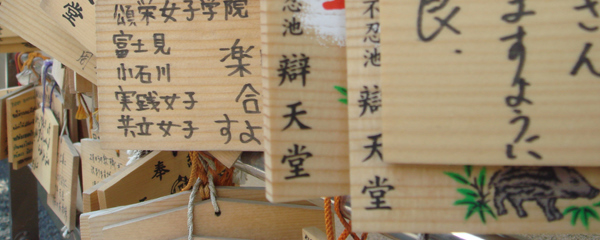
In thinking about a particular medium (language, say) or a particular form (a novel, a short story), it can be useful to think about what that form omits as much as what it includes. So textual literature, say, in comparison to the oral traditions it overwrote and substantially erased, introduced the historically peculiar but now ubiquitous phenomenon of words abstracted from the human voice. In its line-by-line formation, writing abstracts the vast richness of simultaneous phenomena, what Kant calls the unsynthesised manifold, into linear prose – and linearity therefore becomes one of the key formal features or constraints of writing. For another example, consider how photography condenses the luminance range of a scene into the dynamic range that the film/sensor and the print can record and display. The crucial facts of a particular medium or form reside in how it selects, represents, and eliminates the rich detail of phenomena: a particular medium or form or genre is, in this sense, a particular mode of abstraction. The life and vitality of a work of art in such modes depends to a large extent on how the abstractions of the form handle particular detail: how it enables you to see a World in a Grain of Sand/And a Heaven in a wild flower.
Imagism in poetry advanced one method, which can be seen in the absolute focus on two particular details in a poem such as Pound’s ‘In a station of the Metro’:
The apparition of these faces in the crowd;
Petals on a wet, black bough.
Whole books could be written about this poem. Its density of poetic technique produces endless ramifications, and makes a recursive mental structure that exceeds the linearity of the lines on the page: the images loop back on each other in the reader’s mind. Very short stories, or flash fictions, take a similar tack, although they are often furnished with minimal forms of narrative and are usually verbose in comparison to this.
The appeal of very short fictions is nothing to do with the notion that “every word counts”, which is entirely banal: every word always counts, if the writing is good. It lies, for me, in the way that the abstractions of the text operate in plain sight. In a lushly detailed, 500-page novel, the abstract is just as vital, but becomes invisible: very short fictions, by contrast, foreground it, positioning it as one of the essential and defining elements of the form. In such stories, the particular details must instantiate with a kind of sudden precision and force. Their rarity, the inevitable result of the concentration of the writing, engenders a luminant significance. The vitality with which the text indicates the world is dependent on this relationship between its abstraction and particularities: the sudden detail that reveals life in process, analogous in some ways to what, in photography, Roland Barthes calls the punctum. It requires a kind of violent elegance.
As with short poems such as the one from Pound quoted above, the brevity of a very short fiction, in forcing the focus on to individual words, individual sentences, produces a density of resonances in which every syllable, every etymon, ramifies, in which the text is densely coded and recursive in its significances. The best such pieces, such as Eliot’s ‘Hysteria‘, achieve a rare intensity of poetic concentration. That intensity, I think, accounts for my own fascination with the form, as a reader and in my own writing.

